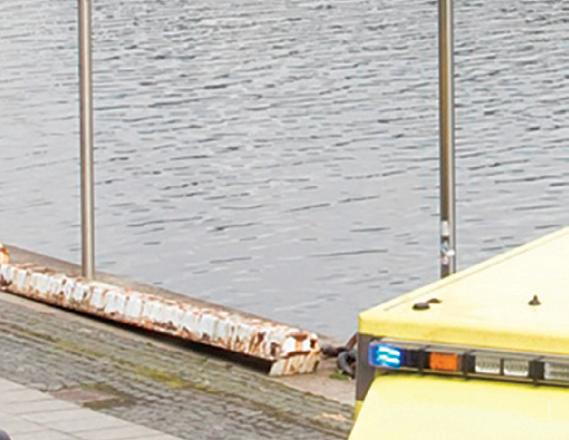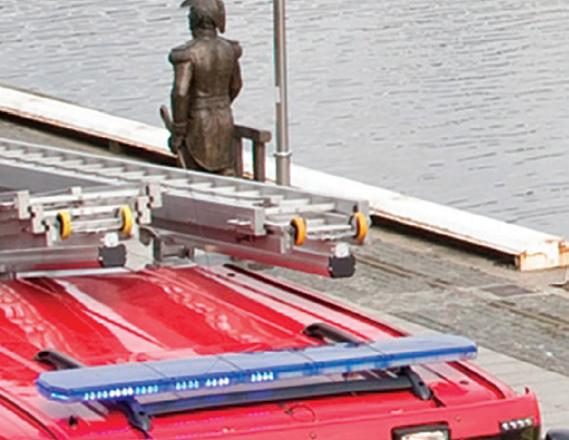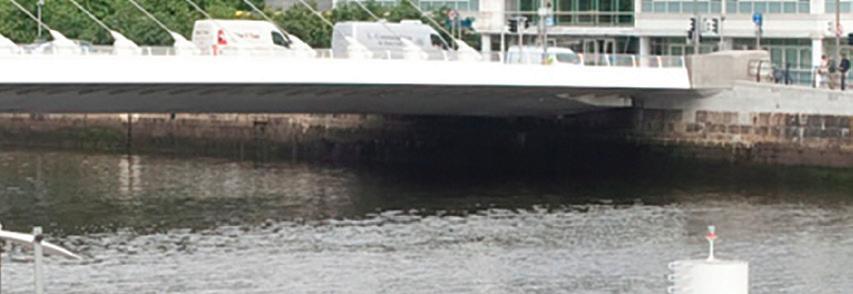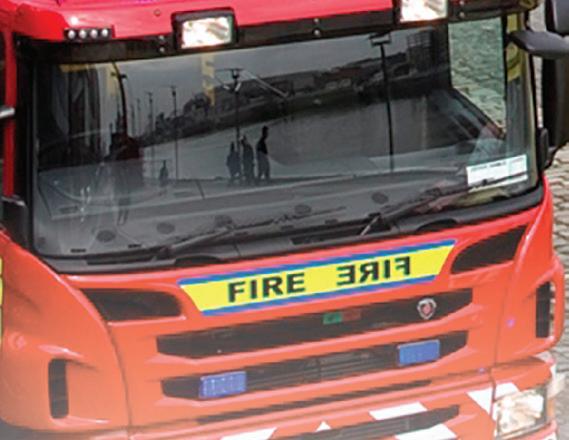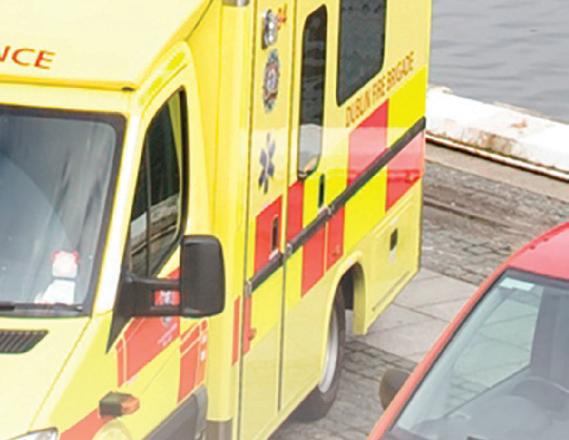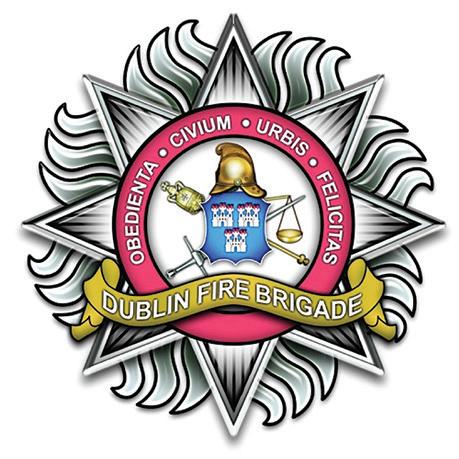
4 minute read
TECHNOLOGY
TECHNOLOGICAL TOOLS
THE LATEST INNOVATIONS FOR THE WORLD’S EMERGENCY SERVICES.
MAPPING TECHNOLOGY
A cloud-based software platform called APD Maps has launched pioneering mapping technology that can optimise the response by emergency services to incidents and help them reach locations rapidly with pinpoint accuracy. Created by control room technology company APD Communications, the tech locates emergency responders, callers, vehicles, incidents, points of interest and the nearest defibrillators anywhere at the touch of a button. Control room operators can identify locations using the what3words system that identifies any position within 3 square metres across the world. APD Maps can be accessed through a web browser and can be used alongside other control room applications, integrating with Google Street View, CCTV camera locations, real-time traffic flow information, highway data and automatic number plate recognition, though it can also be used as a standalone app. MD of APD Communications Mike Isherwood says of the app: “Using APD Maps, control room personnel can dispatch multiple emergency services and public agencies to the same incident by sharing a single coordinate pin to ensure they all receive the same information. Estimated time of arrival can be clearly viewed and provide the operator with immediate and accurate details in real time, and can also help plot the quickest route to an incident, potentially saving lives.” The app also features event replay, giving organisations the ability to review footage to support any required investigations or reports.
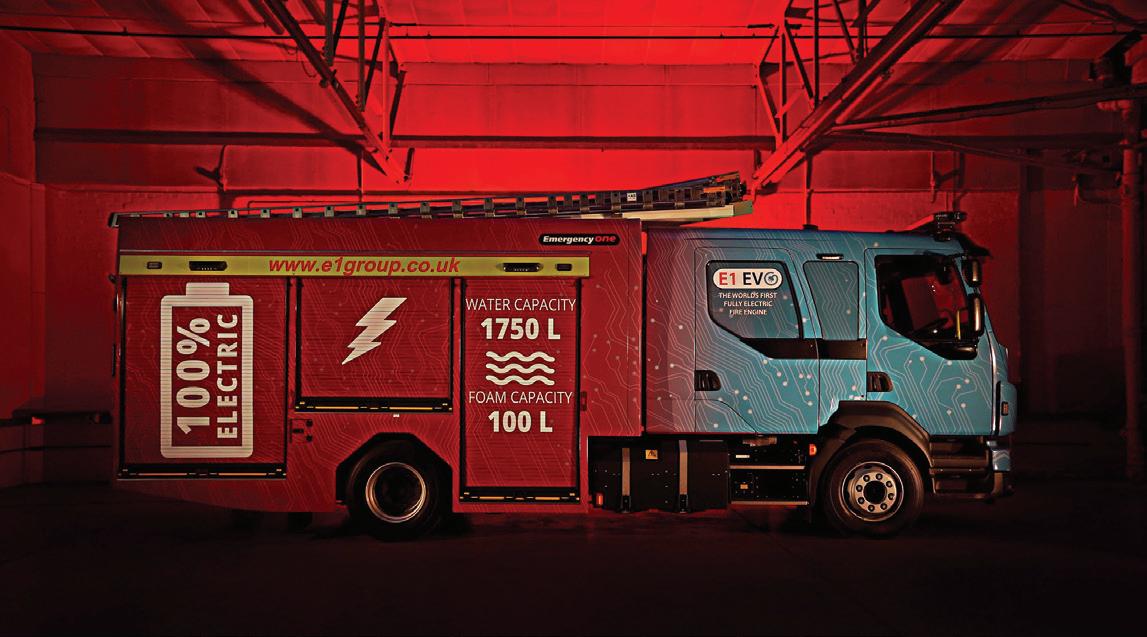
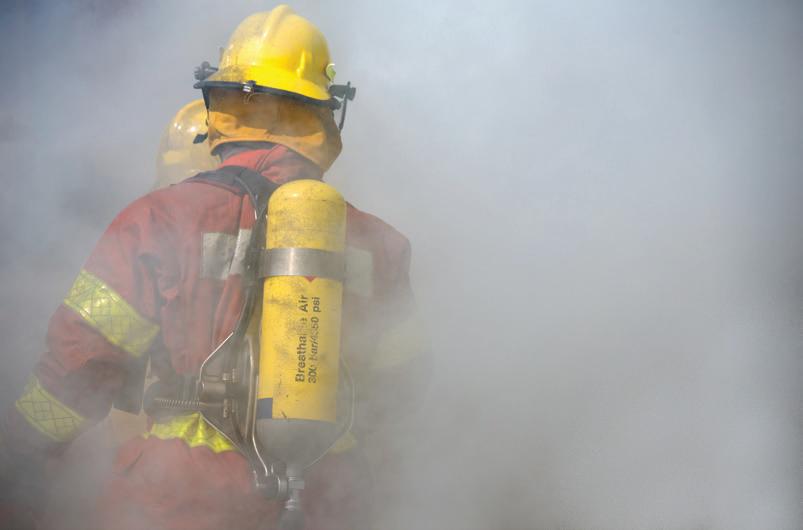
TRACKER TESTED
The US Department of Homeland Security’s Science and Technology department has partnered with NASA’s Jet Propulsion Lab to conduct field tests on technology developed to track and locate firefighters within burning buildings. The catchily-names Precision Outdoor and Indoor Navigation and Tracking for Emergency Responders (POINTER) is designed to allow first responders to accurately pinpoint the location of team members amidst heavy smoke, debris and other obstructions. Using transmitters, receivers and magnetoquasistatic fields to 3-dimensionally orient responders in emergency settings, site commanders can track their team’s movements to the exact floor of a building and determine whether they are in motion, standing upright or lying down. The magnetoquasistatic fields can penetrate most natural materials such as dirt, earth, water and thin metals, with the receivers worn by the responders weighing less than a mobile phone. The technology was tested in a five-level, 8,000 sq. ft structure and tracked multiple first responders from a distance of up to 70 metres away, and found that they could be located to within one metre of accuracy, and at times within centimetres. Further tests will be carried out with fire response agencies in the summer.
ZERO CARBON APPLIANCE
The world’s first all-electric, zero-emission fire and rescue service pumping appliance has been launched in the UK. Designed and manufactured in Scotland by the Emergency One Group, who produce and supply specialist appliances and operational equipment to many of Britain’s fire and rescue services, the new EV0 (Mk1) vehicle is designed to improve firefighter safety while also cutting emissions to zero. The operations-ready vehicle’s specifications and capabilities include a 200-mile driving range on a full electrical charge, a regenerative braking system, a rapid charge system up to 150KW, and a solar photovoltaic charging system of 24Vdc. It seats six crew in a cabin that includes an air filtration system that removes 99% of airborne particulates and has a lowdecibel pump operation with remote control options, can carry 1,850 litres of firefighting media, and has remote access telematics and diagnostic tools.
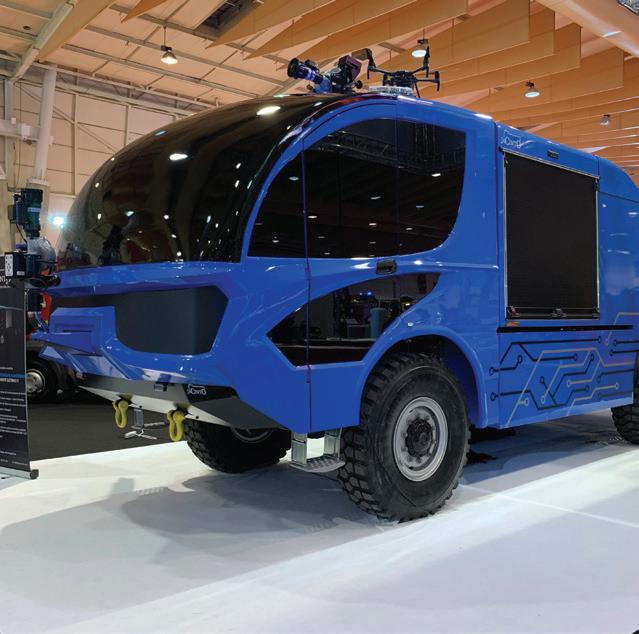
UNMANNED VEHICLE
From zero-emission vehicles to zero-personnel vehicles, the first 100% electric firefighting vehicle that can be fully controlled remotely has made further steps towards being available on the market. First presented to the public at a security fair in Portugal in 2019, technology group Jacinto has invested further to bring the final tested version of the Eco-Camões through certification. The vehicle, which complies with all international standards, has four traction motors and one extinction pump motor, and is designed to be used to fight industrial, forest, urban and airport fires. It can be controlled from up to 1km away, reducing the risk to the operator to zero.

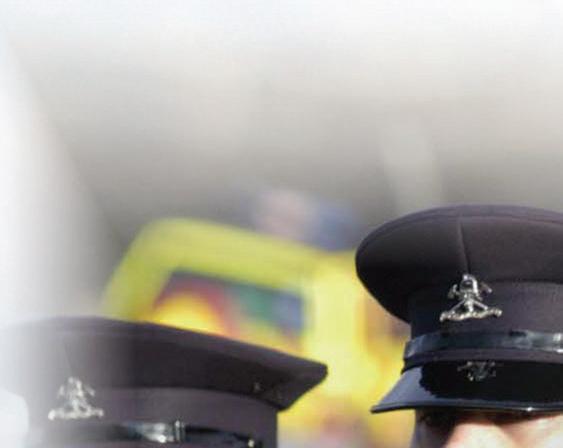
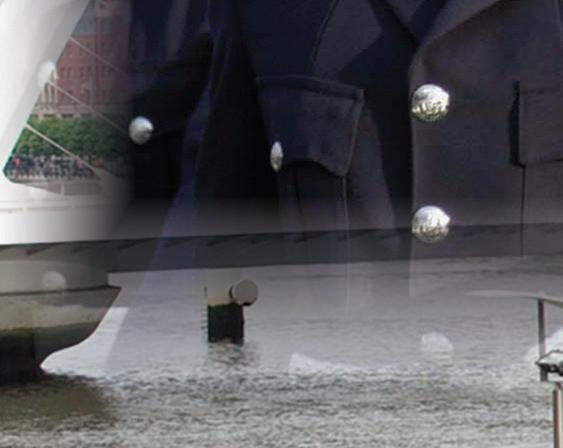



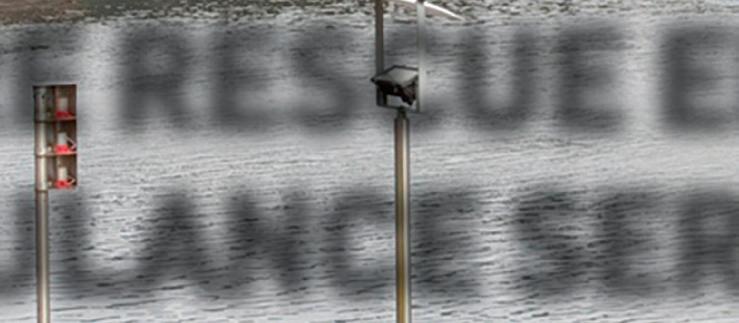

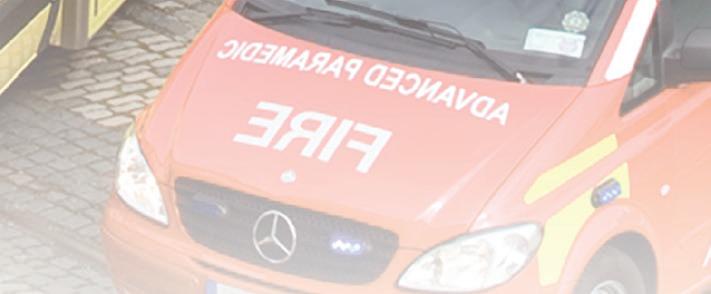

DUBLIN FIRE RESCUE EMERGENCY AMBULANCE SERVICE
PROTECTING THE CITY AND COUNTY SINCE 1862

